Victorian Curriculum
VCELT283
Describe the effects of ideas, text structures and language features of literary texts
Show more
5
teaching resources for those 'aha' moments
- Plus Plan
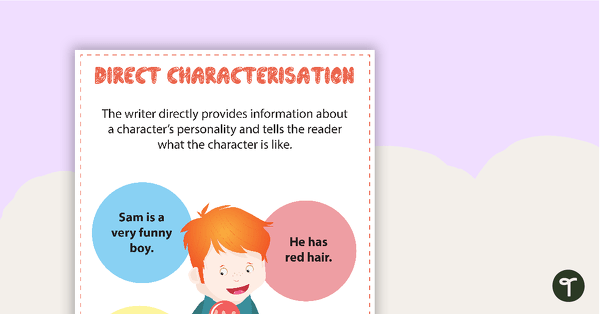
Direct and Indirect Characterisation
A set of two posters explaining direct and indirect characterisation.
- Plus Plan
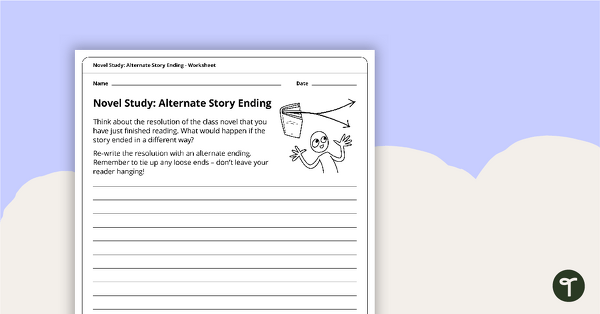
Novel Study - Alternate Story Ending Worksheet
A worksheet which encourages students to write an alternate ending to a shared class story.
- Plus Plan
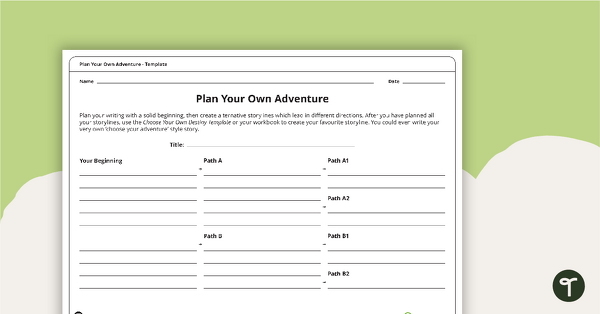
Plan Your Own Adventure - Writing Template
Students use a template to help them plan stories with alternative pathways for their friends to read.
- Plus Plan
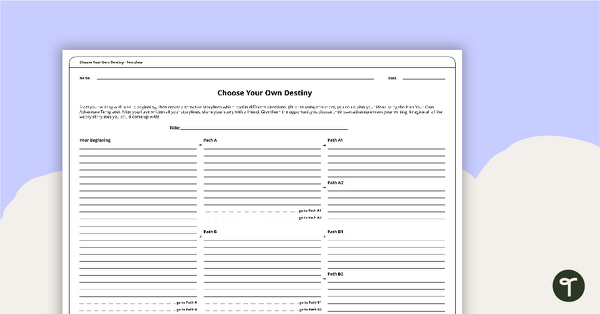
Choose Your Own Destiny - Writing Template
Students use a template to help them write stories with alternative pathways for their friends to read.
- Plus Plan
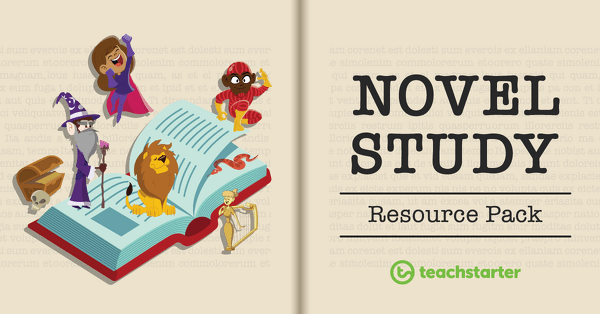
Novel Study Activity Resource Pack
A comprehensive resource pack to use with your class when studying a class novel.